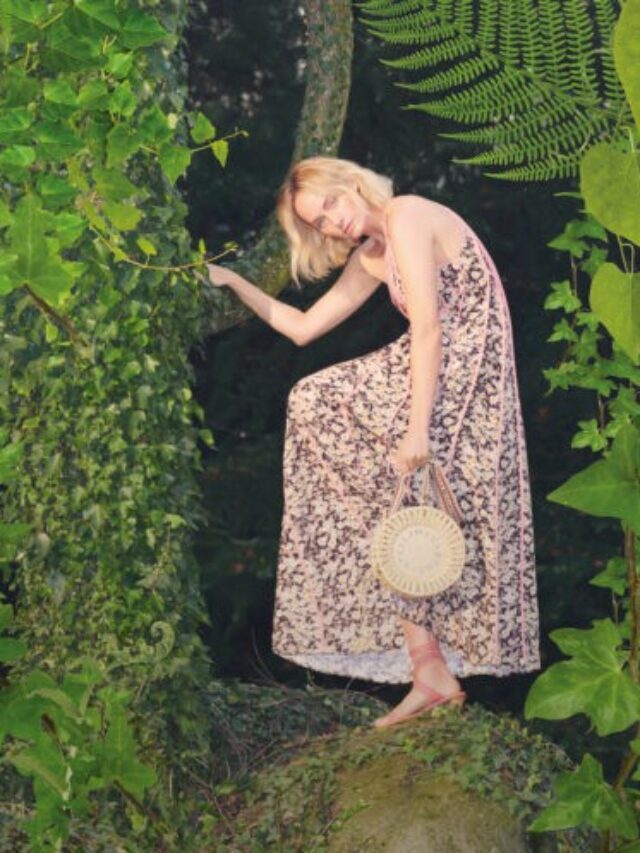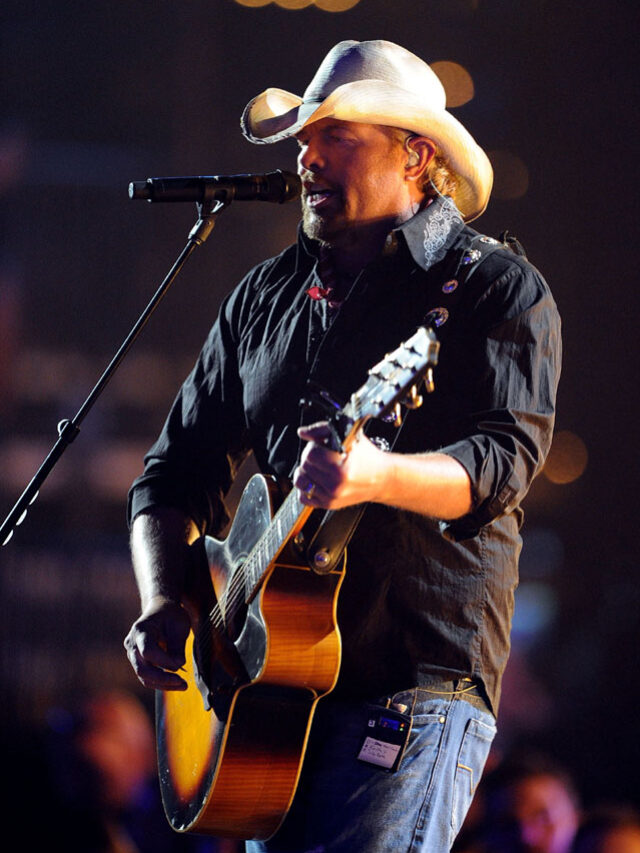— immerse yourself in the dazzling array of 2024's most splendid costumes.
"What exactly is Mardi Gras?"
Mardi Gras, also known as Fat Tuesday, is a secular celebration intertwined with Christian and Roman Catholic customs. Traditionally occurring on the day before Ash Wednesday, it marks a final indulgence in feasting and revelry before the solemn observance of Lent.”I grew up in the Catholic tradition, so tomorrow is dedicated to repentance, but today is all about revelry,” remarked Bethany Kraft, joined by her husband Alex as they eagerly awaited the start of the parade festivities in Mobile, Alabama.
Mardi Gras, a lively celebration originating in France, takes place on Shrove Tuesday, also known as Fat Tuesday, the day preceding Ash Wednesday. This festivity signals the conclusion of the pre-Lenten season. The term “Mardi Gras” is French for “Fat Tuesday,” symbolizing the tradition of consuming all fats within the household before the Lenten period, as part of preparations for fasting and abstinence. For more information, refer to Carnival festivities.

New Orleans boasts the nation’s grandest and most renowned Carnival extravaganza, brimming with cherished traditions adored by locals. This vibrant celebration not only embodies the city’s rich cultural heritage but also serves as a significant driver for its tourist-oriented economy — a fact abundantly clear in the lively streets of the French Quarter.
“There are no strangers in this city,” remarked Renitta Haynes, a visitor from Chattanooga, Tennessee, as she observed the colorful procession of costumed merrymakers on Bourbon Street over the weekend. “Everyone exudes warmth and approachability. That’s what I adore about this place.”

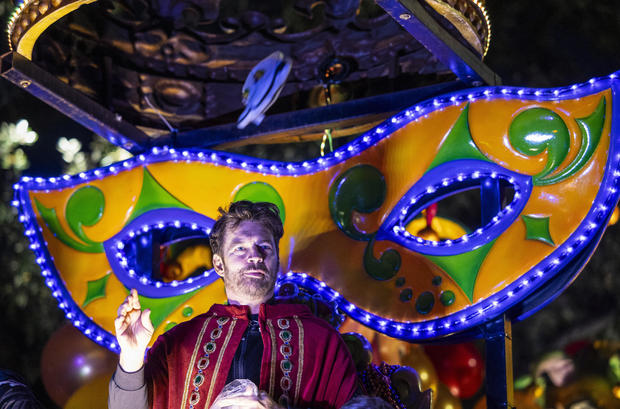
New Orleans isn’t the only city known for its extravagant Mardi Gras festivities. Mobile, Alabama, boasting the nation’s oldest Mardi Gras celebration, hosts six parades on Fat Tuesday.
Moreover, countries like Brazil, the Caribbean, and various parts of Europe showcase their own lavish Carnival celebrations, garnering international acclaim.Shrove Tuesday, the final day preceding the austerity of the Lenten fast, is steeped in customs related to food. Particularly, indulgence in sweet delicacies featuring eggs, sugar, and fat, which were commonly prohibited during Lent to avoid wastage in the six and a half weeks leading up to Easter. Across various European countries, pancakes reign as the traditional choice; hence, the day is often referred to as Pancake Day or Pancake Tuesday, notably in Ireland and many Commonwealth nations. Another delectable pre-Lenten delight is the pączki, fruit-filled deep-fried pastries reminiscent of doughnuts, cherished in Poland and among ethnic Polish communities in the United States. A quintessential aspect of New Orleans’ Mardi Gras (“Fat Tuesday”) celebration is the king cake, a ring-shaped pastry adorned with iced gold, green, and purple sugar, typically housing a plastic figurine representing baby Jesus within. According to tradition, the fortunate individual discovering the figurine in their slice of king cake is crowned “king” or “queen” of the Mardi Gras revelries and is tasked with hosting the subsequent festivity of the season. Also, see Carnival for related festivities.In the United States, New Orleans, Louisiana, takes center stage for Carnival celebrations. The festivities kick off on Twelfth Night, also known as Epiphany, celebrated on January 6th, and reach their zenith with the vibrant Mardi Gras revelries starting 10 days prior to Shrove Tuesday. Throughout this period, the city comes alive with exuberant street parties and extravagant parades, spanning both daylight and nighttime, culminating in the grand spectacle of Mardi Gras and the iconic Rex parade. It’s a time marked by the ubiquitous distribution of beads in hues of gold, green, and purple, symbolizing power, faith, and justice respectively, while indulging in the tradition of devouring king cake stands as a quintessential part of the festivities.
Carnival in Brazil
Carnival in Brazil is an exuberant celebration that captivates both locals and tourists alike. This vibrant festival, deeply rooted in Brazilian culture, is a time of extravagant parades, electrifying samba music, and elaborate costumes that bedazzle the streets. From the pulsating rhythms echoing through Rio de Janeiro’s Sambadrome to the colorful blocos dancing through the winding streets of Salvador, every corner of Brazil comes alive during Carnival. It’s a jubilant expression of joy and unity, where people from all walks of life come together to revel in the spirit of the festivities. With its contagious energy and unparalleled spectacle, Carnival in Brazil is an experience that ignites the senses and leaves a lasting impression on all who partake in its revelry.
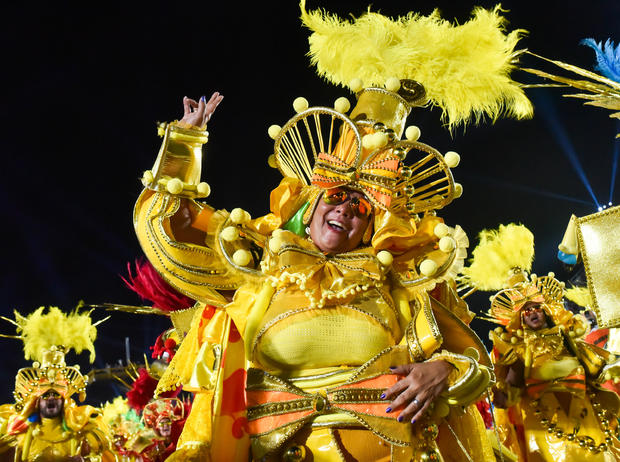
Carnival boasts a rich and vibrant legacy in Brazil, woven into the cultural fabric of the nation. A customary Carnival day unfolds at approximately 7 a.m., heralding the commencement of the first blocos—revered as the exuberant street revelries—ushering in a cacophony of lively music and vibrant hues as they traverse the city’s thoroughfares.
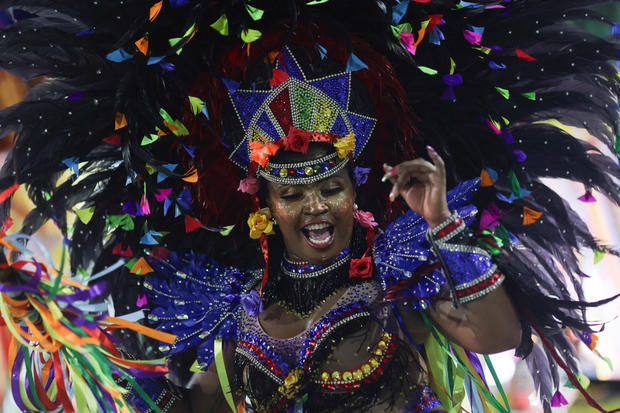
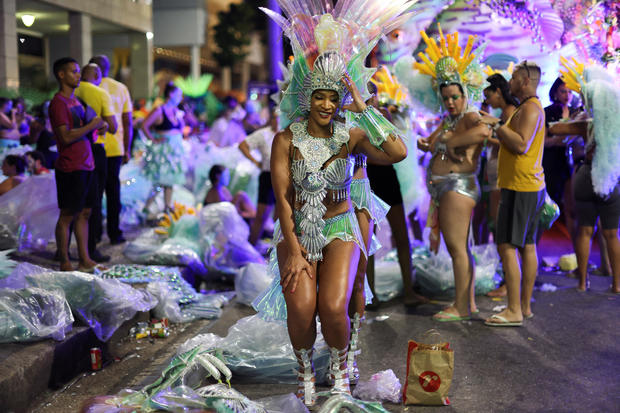
This year, Carnival dancers in Rio de Janeiro paid homage to Brazil’s largest Indigenous group while urging President Luiz Inácio Lula da Silva to fulfill his promises to combat illegal mining.
Carnival has historically served as a stage for samba schools to advocate for various causes. Percussionists adorned their drums with the message “Miners out,” echoing the sentiment of participants as they paraded through the Sambadrome on Sunday evening. Their message resonated with over 70,000 revelers present and millions more watching live on television.

The 2024 Carnival is set to ignite the streets from February 9th to February 17th, promising an exhilarating spectacle for both visitors and locals alike.
Picture an entire city metamorphosing into an immense celebration. Rio de Janeiro, renowned for its exuberance, pulsates with life during its annual extravaganza. It’s a time when the city becomes a colossal stage, pulsating with the rhythm of music, dance, and a kaleidoscope of colors. The iconic Sambadrome transforms into a dazzling showcase, where thousands of performers adorned in extravagant costumes pour their hearts out in a parade that mesmerizes millions worldwide. Moreover, with countless street festivities and elegant balls, there’s something for everyone to revel.

